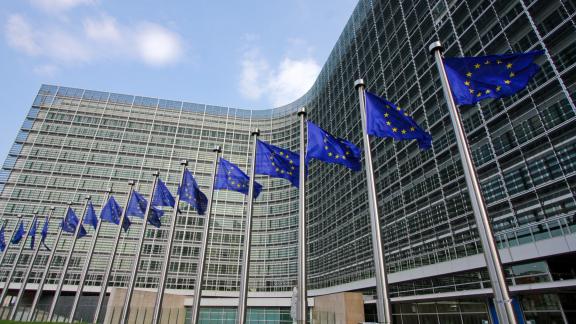European travellers going on a holiday or a business trip to a European Economic Area country (EEA) or Switzerland, can apply for a free European Health Insurance Card (EHIC) from their home country's healthcare system. The EHIC entitles them to receive emergency or immediately necessary healthcare if a need arises during their trip. It does not allow patients to go abroad specifically to receive medical care.
Information about access to healthcare in the EU for UK residents, including how to apply for an EHIC, and information on planned treatment and healthcare when moving abroad, is available from the NHS Choices website. In particular, if you're having difficulties with the online application form, to update your personal details, or to replace a lost or stolen card, call the automated EHIC application service on 0300 3301350. For general enquiries about the EHIC or claim refunds, call the Overseas Healthcare Team on 0191 218 1999. If calling from abroad ring +44 191 218 1999. Unfortunately, the NHS European Office is not able to give advice on individual cases. A European Commission guide to the social security rights of insured persons moving within the EU is also available.
Information about the EHIC scheme
EHIC cards allow travellers to access the same level of state-provided treatment as a resident of the country they are visiting. In countries which require patients to pay part of the costs of their treatment, travellers will normally be required to do the same.
The EHIC scheme only covers emergency or immediately necessary treatment, and does not cover any private medical healthcare or the costs of mountain rescue, repatriation or lost or stolen property. With this in mind, it is strongly advisable for travellers to take out additional private travel insurance, including medical cover, before travelling abroad.
Patients considering travelling to another country specifically for treatment should discuss their plans with their doctor and their health insurer or commissioner before making any travel or medical arrangements.
A European Commission smartphone application that functions as a guide on how to use the EHIC card has been available since June 2012. The app is available in 24 different languages and includes details on treatments covered by the EHIC card and how to claim reimbursement. Download the app to find out more.
Information for NHS organisations
From 12 October 2009, visitors to the UK from EEA countries and Switzerland who require emergency or immediately necessary (unplanned) NHS healthcare are required to provide proof of entitlement to free treatment, usually with a valid European Health Insurance Card ‘EHIC’ or Provisional Replacement Certificate ‘PRC’.
NHS organisations need to collect EHIC/PRC information and submit it to the DWP Overseas Healthcare Team through the Overseas Visitors Treatment (OVT) Portal - a new easy-to-use web tool. Only through collecting this information is the NHS able to recover costs from patients’ home healthcare systems to reinvest in NHS care.
EEA visitors who cannot provide a valid EHIC or PRC or other proof of entitlement to free care should be charged for their treatment, according to the Department of Health’s Overseas Visitors Hospital Charging Regulations. It is important to note that they should be treated as NHS charged patients and not private patients. This is because, under European law, EEA patients should be treated on an equal basis to NHS patients, and treating them as private patients, at potential additional cost to them, would not be in line with this unless they have specifically stated that they wish to receive private care. In addition, visitors may be able to reclaim charges from their home system, but some countries will only cover the costs of treatment provided by state healthcare systems and not private healthcare.
More information on the new requirements is available from the Department of Health website.
NHS organisations should also be aware that different rules apply when a patient travels to another country specifically for treatment. Our cross-border healthcare page gives more information about the revised rules on patients' rights to cross-border healthcare.
Reciprocal healthcare post-Brexit
All of the above may well change at the end of the current transition period, which terminates on 31 December 2020. The UK and EU are in negotiations to develop a post-2020 relationship, where reciprocal healthcare arrangements will be discussed. For more on post-Brexit reciprocal healthcare, visit our dedicated page. See also the latest briefing from the Brexit Health Alliance on what should be prioritised during the negotiations on the future relationship.




